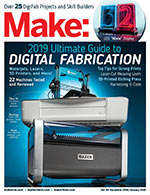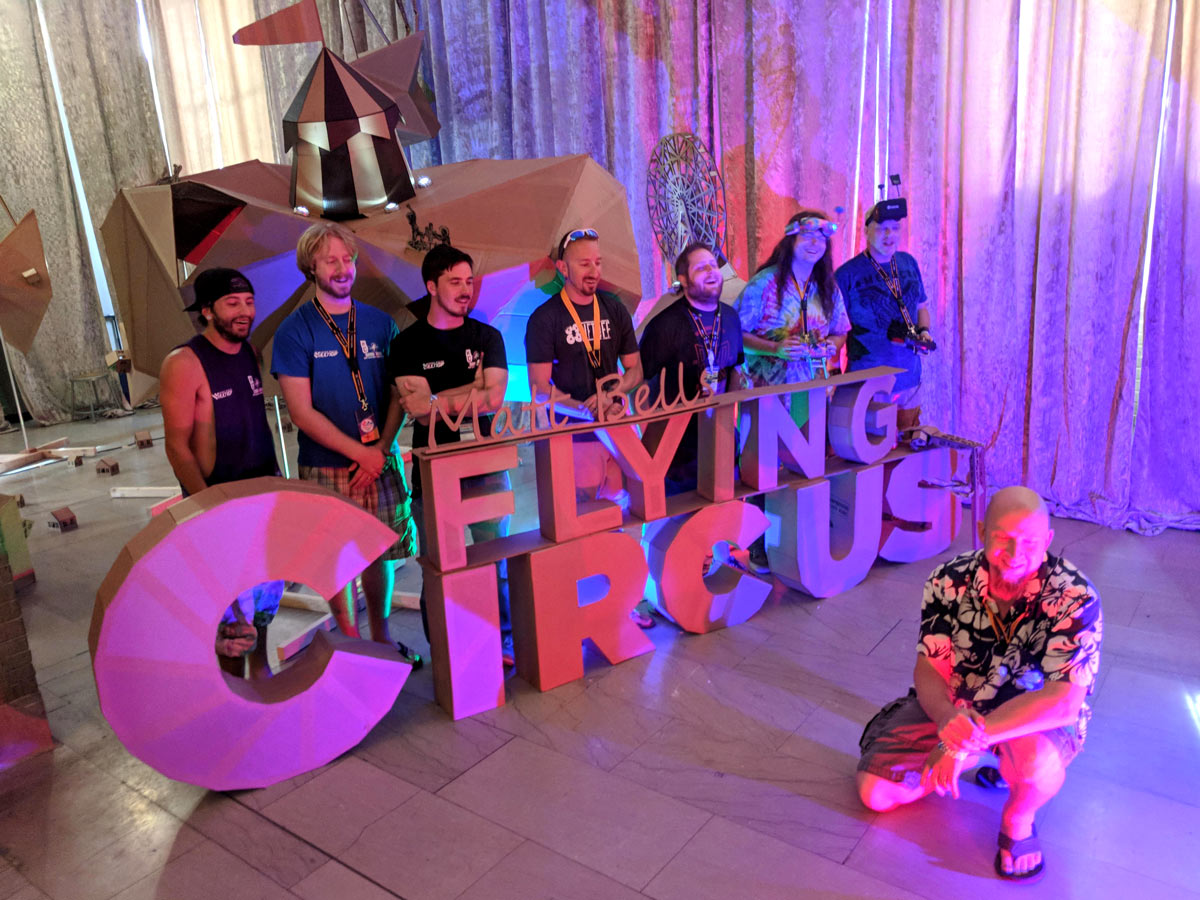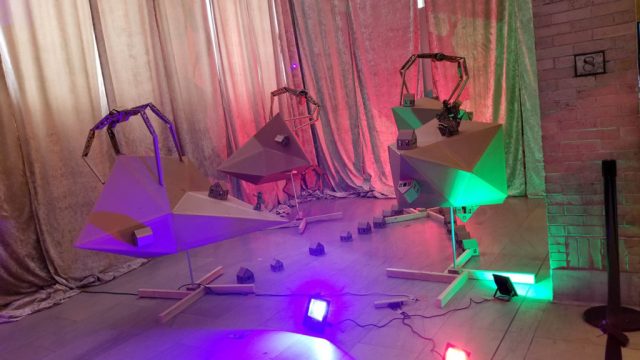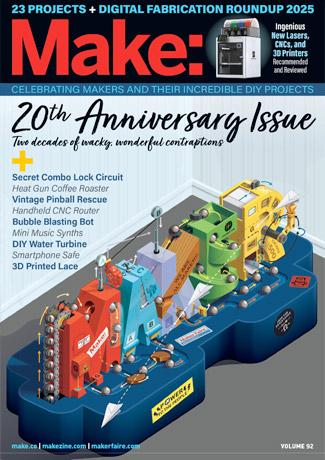
For Maker Faire Kansas City this year I wanted to make a drone racetrack for micro FPV quads. Normally these courses consist of lots of LED-lit circles for the quads to fly through. I wanted to make something a bit more sculptural and ambitious: giant spider robots mining a floating asteroid field. To keep costs down, and because it’s generally an awesome building material, I decided to use cardboard for everything. My new laser cutter had just arrived and I figured I’d use it to do all the cutting.

But a problem arose. I wanted to make these giant cardboard asteroids 4 to 6 feet in diameter, and the pieces were just too big for my little laser cutter. I needed another way to make them.
The approach I decided on was to create 3D models of my asteroids and then use a digital projector to project the individual polygons onto big sheets of cardboard so that I could use an ordinary tool to actually cut them out.
Possessing the superpower that is knowledge of software development, I decided to make — and share — my own little program to make this process possible. It’s called PolyProjector. If you want use it to make giant cardboard forms of your own, I have some tips for you.



















